Compare dehumidifiers in New Zealand at Canstar Blue. De’Longhi, Mitsubishi Electric and Panasonic were compared on Overall Satisfaction, Appearance & Design, Effectiveness, Functionality, Performance & Reliability, Quietness and Value for Money.
See our Ratings Methodology.
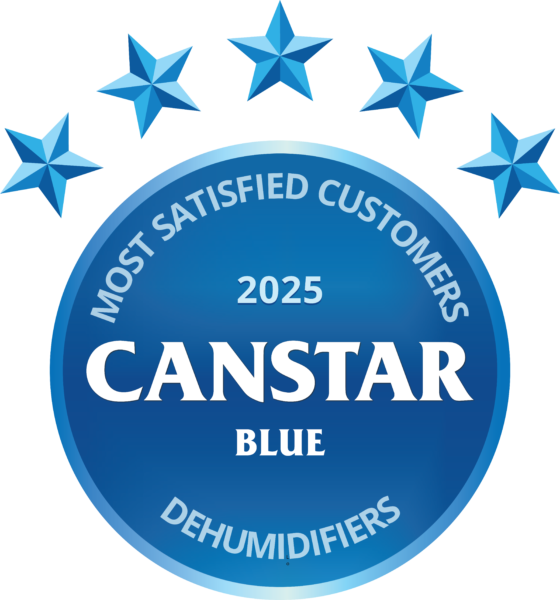
De’Longhi dehumidifiers are rated the No.1 choice by Kiwi consumers.

Our review compares dehumidifiers on customer satisfaction, so you can discover what other Kiwis think about our compared dehumidifiers brands before you go ahead and make a purchase. Think of it like asking hundreds of your closest friends, family and colleagues which dehumidifiers they think are best!
Canstar Blue surveyed 204 Kiwis who had bought a dehumidifier over the past two years for their feedback on the dehumidifier they bought.
Respondents rate their satisfaction with their dehumidifier brands from zero to ten, where zero is extremely dissatisfied and ten is extremely satisfied. Brand satisfaction was rated by respondents on the following criteria:
The winning brand is the one that receives the highest Overall Satisfaction rating once all the scores from the Overall Satisfaction criteria are combined and averaged.
Brands must have received at least 30 responses to be included, so not all brands available in the market have been compared in this survey. The brands rated in this survey are listed below in order of best overall satisfaction.

This is the first year that the Italian brand De’Longhi has won our Dehumidifiers Award, and it does so on the back of an impressive set of ratings from Kiwi consumers.
Across six of our seven award categories, De’Longhi earns top 5-Star ratings from its customers, including for Value for Money, Performance and Effectiveness. For Quietness it has a great 4-Star rating.
De’Longhi’s Tasciugo dehumidifier range covers five models, ranging in price from around $550-$950:
Tasciugo dehumidifiers feature a laundry-drying setting, air filtration and the 16l-30l models have wi-fi connectivity, enabling you to control them with your voice or via the De’Longhi app.

Placing second on our award table, Mitsubishi Electric receives predominantly 4-Star ratings from its dehumidifier customers. It achieves its best score, 5 Stars, for Quietness.
Mitsubishi Electric sells three models in its Oasis range. The Oasis Classic is available in two different moisture removal capacity sizes (16l or 22l per day), while the Oasis Pure model can remove 38l per day. Prices range from around $830 to $1600, and features include:
![]()
Panasonic’s dehumidifiers receive a mix of ratings from consumers. The brand achieves a great 4-Star rating for Overall Satisfaction, plus a 5-Star score for Quietness.
Panasonic earns its lowest ratings, two 3-Stars, for Effectiveness and Functionality. However these are by no means bad scores. Rather, they indicate that Panasonic dehumidifier buyers are happy with the way their purchases perform across these two categories.
Panasonic’s range of dehumidifiers has three different models to chose from: 17l, 27l and 33l, priced from around $600-$1100.
Its most expensive model has a 5.2l tank capacity and can remove 33l of moisture per day from the air, it also features:
Not all dehumidifier brands in the market qualify for our ratings (based on minimum survey sample size), but that doesn’t mean they’re not worth considering. Here are more brands to check out before making a purchase decision.

Dimplex offers two dehumidifier models: a 25l capacity unit with 3.4l tank (approx $520) and a 50l machine with a 6.5l tank (approx $740). Both of these units feature preset modes, continuous drainage and a clean filter reminder.

Goldair has a range of six refrigerant and desiccant model dehumidifiers (see below for difference) to suit all budgets and room sizes. Its cheapest 10L model has a 2l tank plus a timer and retails for around $300.
Goldair’s largest model (approx $700) is a 40l dehumidifier that is wi-fi enabled, meaning it can be controlled using your phone, Amazon Alexa or Google Home.
![]()
Sheffield is a Kiwi-owned brand that retails a range of household appliances, including three budget-friendly dehumidifiers:

A dehumidifier can be an essential appliance in the home, and can help prevent or alleviate:
Works by condensing moisture out of the air. Damp air is sucked into the dehumidifier and is cooled to below its dewpoint temperature using the same processes as a fridge. This causes condensation to drip into a water-holding pan, which can either be emptied manually, or automatically through a hose. These are the most common types of dehumidifiers. They work better in higher temperatures and at increased humidity levels, although can be noisier than desiccant dehumidifiers.
The humid air moves over a rotating wheel made of a water-absorbing material. The dry air is blown back into the room, while the water-absorbing material is heated, causing it to release its water into a collection tray. Absorption models are more complicated in their design and can be less energy efficient. However, absorption dehumidifiers work better at lower temperatures, which make them a good option for use in colder climates.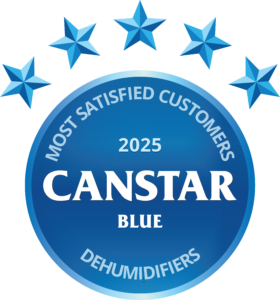
 Bruce Pitchers is Canstar NZ’s Content Manager. An experienced finance reporter, he has three decades’ experience as a journalist and has worked for major media companies in Australia, the UK and NZ, including ACP, Are Media, Bauer Media Group, Fairfax, Pacific Magazines, News Corp and TVNZ. As a freelancer, he has worked for The Australian Financial Review, the NZ Financial Markets Authority and major banks and investment companies on both sides of the Tasman.
Bruce Pitchers is Canstar NZ’s Content Manager. An experienced finance reporter, he has three decades’ experience as a journalist and has worked for major media companies in Australia, the UK and NZ, including ACP, Are Media, Bauer Media Group, Fairfax, Pacific Magazines, News Corp and TVNZ. As a freelancer, he has worked for The Australian Financial Review, the NZ Financial Markets Authority and major banks and investment companies on both sides of the Tasman.
In his role at Canstar, he has been a regular commentator in the NZ media, including on the Driven, Stuff and One Roof websites, the NZ Herald, Radio NZ, and Newstalk ZB.
Away from Canstar, Bruce creates puzzles for magazines and newspapers, including Woman’s Day and New Idea. He is also the co-author of the murder-mystery puzzle book 5 Minute Murder.
A dehumidifier is an essential household item: 56%
Home needs a dehumidifier because it’s damp: 51%
Believes dehumidifier protects from ill health: 58%
Bought a dehumidifier based on its energy rating: 29%
Canstar Blue surveyed 2501 New Zealand consumers across a range of categories to measure and track customer satisfaction, via ISO 26362 accredited research panels managed by PureProfile. The outcomes reported are the results from customers who had purchased a dehumidifier in the past two years. In this case, 204 New Zealanders. Brands must have received at least 30 responses to be included. Results are comparative and it should be noted that brands receiving three stars have still achieved a satisfaction measure of at least six out of 10. Not all brands available in the market have been compared in this survey. The ratings table is first sorted by star ratings and then by mean overall satisfaction. A rated brand may receive a ‘N/A’ (Not Applicable) rating if it does not receive the minimum number of responses for that criterion.
The past winners from Canstar Blue’s Dehumidifier ratings:
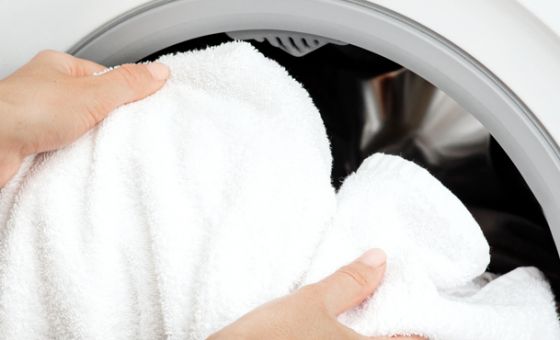
Appliances - June 23rd
KEY POINT
According to 452 New Zealand tumble dryer buyers who took part in Canstar’s 2025 Dryer Award survey, LG is the best dryer brand in New Zealand for delivering consumer satisfaction.
If you’re in the …
– Read more
Appliances - March 28th
Why do I need to clean my water bottle/travel mug?
Cleaning your water bottle or travel mug regularly is essential for several reasons:
Hygiene: bacteria, mould, and other microorganisms can accumulate in your water bottle or …
– Read more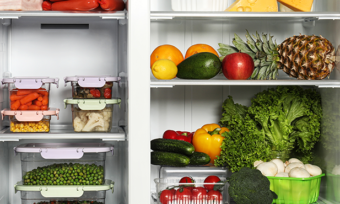
Best-Rated Dehumidifiers - March 26th
What is a top fridge-freezer?
A top fridge-freezer refers to a type of refrigerator-freezer unit where the freezer compartment is located at the top of the appliance, above the refrigerator compartment. In this design, the freezer …
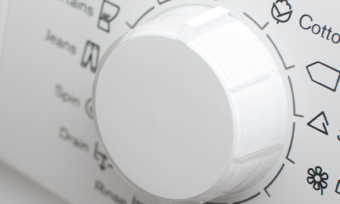
Best-Rated Dehumidifiers - March 18th
Why do delicates need to be washed differently?
Delicate items, like silk blouses or lace lingerie, need special care when washing because they’re made of fragile fabrics or have intricate details. Regular washing machines and harsh …
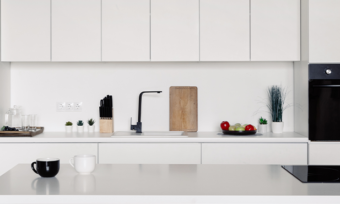
Barrel Vacuum Cleaners - February 20th
Kitchen appliances
Air fryers
3.75L Air Fryer ($85)
If it’s your first time buying an air fryer, or you’re not willing to break the bank, consider Kmart’s affordable 3.75L air fryer. Prepare delicious, crispy fries, nuggets and more …